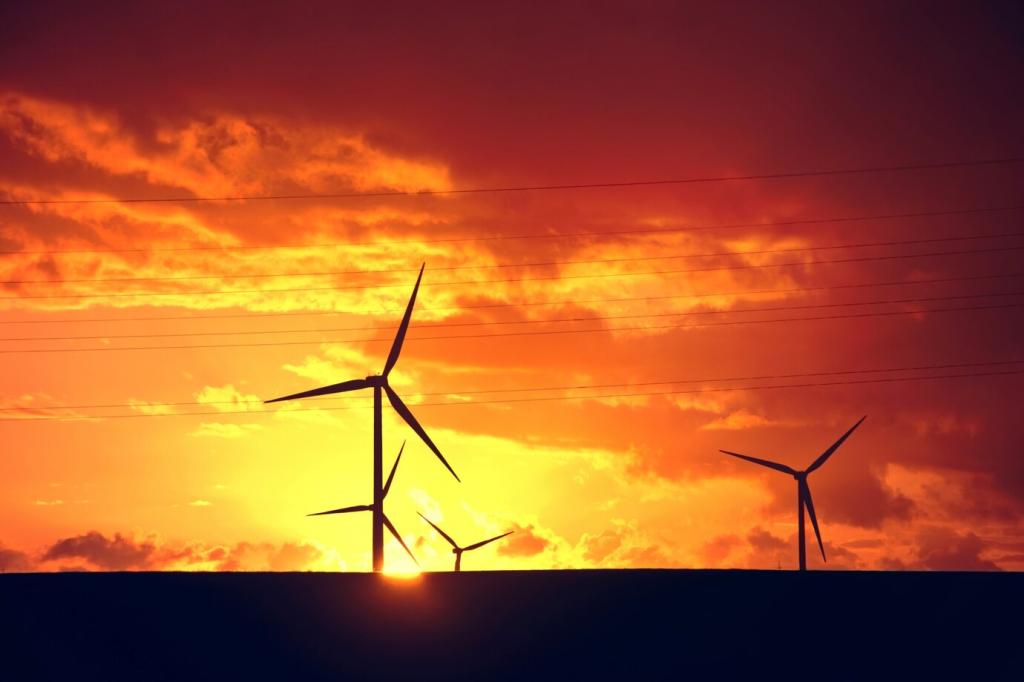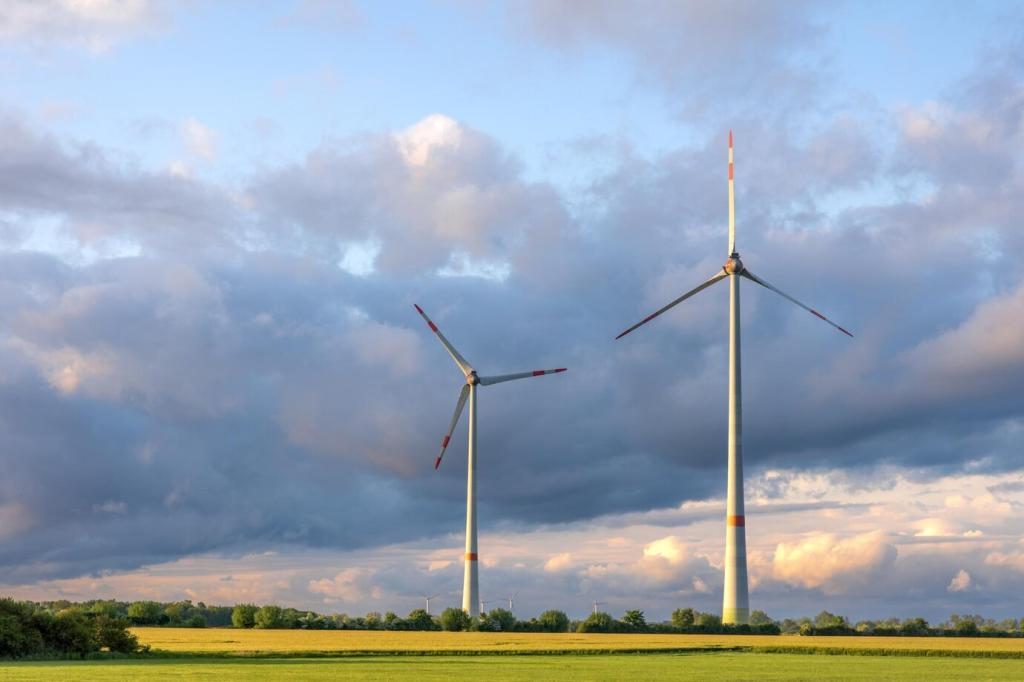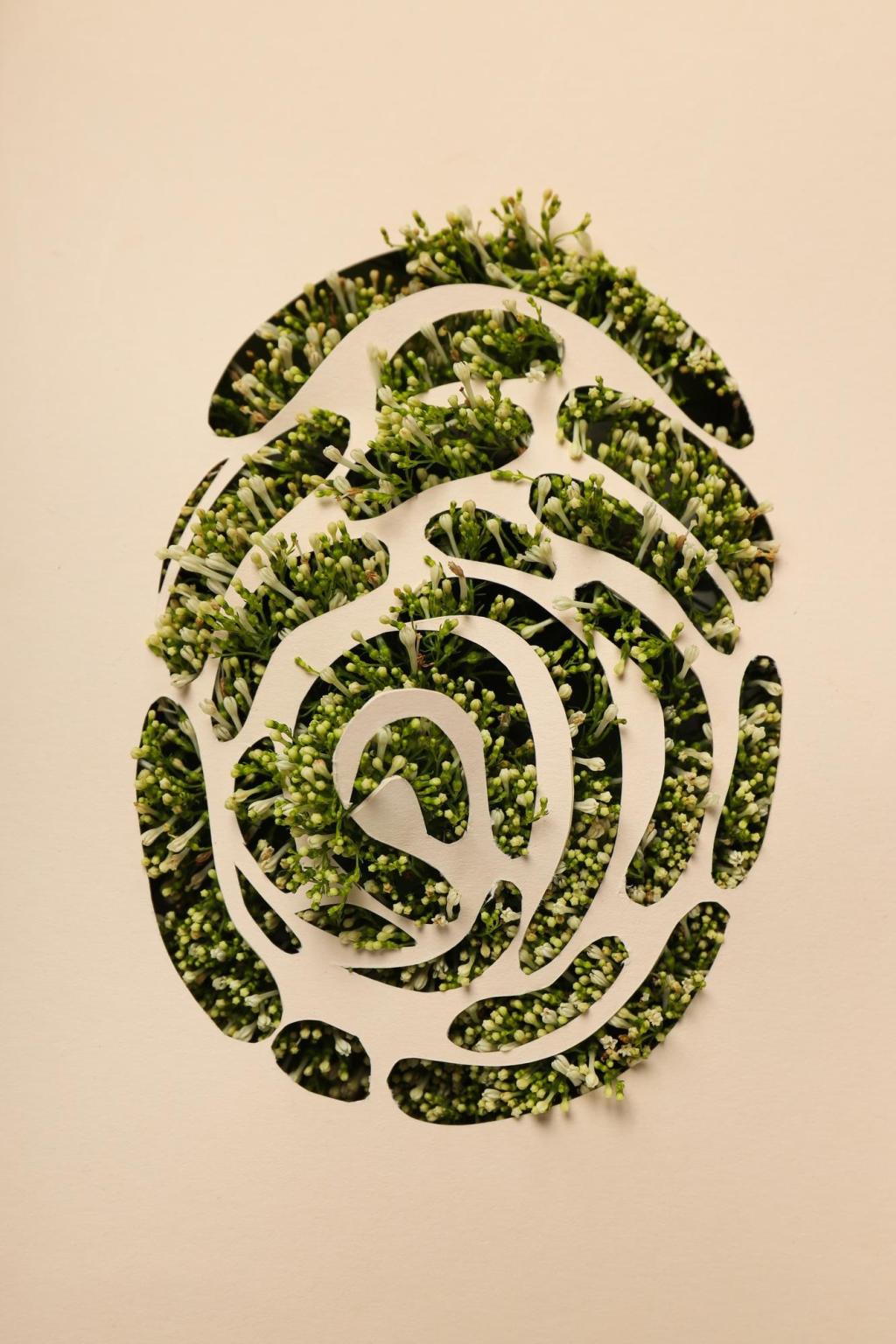Wildlife Tracking with Drone Technology
Chosen theme: Wildlife Tracking with Drone Technology. Explore how quiet rotors, smart sensors, and thoughtful flight plans help scientists protect animals, reveal hidden patterns, and invite you to be part of a kinder conservation future.

A Skyward Introduction to Drone-Powered Conservation
From thermal cameras spotting resting mammals to high-resolution mapping of nesting beaches, drones bridge gaps once filled by risky foot patrols or loud helicopters. Comment with your first impression of aerial conservation’s potential.
Hardware Choices That Respect Animal Welfare
Thermal And Multispectral Payloads
Thermal imagers detect body heat through canopy gaps at twilight, while multispectral sensors reveal vegetation health influencing animal movement. Share your target species, and we’ll recommend safe, evidence-based payload configurations.
Quiet Propulsion And Gentle Altitudes
Low-noise propellers, steady cruise speeds, and consistent altitudes keep disturbance minimal. Many teams maintain high stand-off distances, relying on zoom optics to capture details without disrupting daily behavior or nesting routines.
Redundancy For Field Safety
Dual IMUs, return-to-home logic, and obstacle sensing prevent crashes near sensitive habitats. Log your preflight checks diligently, and tell us which failsafes you trust most to protect both animals and equipment.

From Flights To Findings: Data Workflows
Flight Planning That Reduces Disturbance
Set waypoints to skirt nesting zones, schedule twilight flights for thermal contrast, and respect seasonal closures. Post a comment about your local no-fly constraints, and we’ll share adaptive route strategies.
Turning Pixels Into Population Estimates
Object detection models flag animals; manual reviewers verify counts; confidence intervals capture uncertainty. Share your labeling challenges, and we’ll swap tips for balanced datasets across habitats and lighting conditions.
Reproducible Pipelines And Storage
Versioned datasets, scripted mosaics, and standardized metadata preserve scientific value. Subscribe to receive a lightweight folder structure and naming scheme that keeps multi-season surveys tidy and defensible.

Sea Turtles And Nighttime Nesting
Thermal and low-light cameras map crawl paths without blinding lights, helping teams prioritize dune protections. Tell us your coastline’s challenges, and we’ll suggest tide-aware flight windows and buffer protocol ideas.
Elephants, Corridors, And Anti-Poaching
Wide-area patrols spot human incursions and guide rangers discreetly. Zoom optics identify herd composition without close approaches. Share your corridor data needs, and we’ll discuss cross-border coordination tactics.
Bird Colonies And Nonintrusive Counts
High-altitude mapping avoids flushing flocks while generating accurate nest counts. Short, predictable passes reduce stress. Comment with your species, and we’ll propose altitude, overlap, and lens strategies.
Permits And Protected Airspace
Regulations vary by region, especially around parks and reserves. Always secure permits and communicate with wardens. Ask about your country, and we’ll point to credible resources for compliance.
Indigenous Knowledge And Co-Design
Projects thrive when local stewards co-lead planning, data interpretation, and access rules. Share how you engage communities, and we’ll highlight participatory methods that build trust and long-term resilience.
Privacy, Poaching Risk, And Data Controls
Blur sensitive locations, delay public releases, and restrict access to live streams. Subscribe for a redaction checklist designed to keep animals safe without stalling urgent conservation collaboration.

Collaboration That Multiplies Impact
Citizen Science And Image Tagging
Invite volunteers to tag heat signatures and habitat types with guided tutorials. Add your email to join our pilot tagging sprint, and help validate detections across varied landscapes.
Training Rangers For Aerial Awareness
Hands-on workshops build confidence in safe launches, landing zones, and mission planning. Tell us your unit’s needs, and we’ll craft a learning path with realistic field scenarios.
Open Datasets And Honest Reporting
Sharing non-sensitive mosaics and methods accelerates conservation. Post a link to your repository, and we’ll feature exemplary projects in upcoming newsletters to inspire responsible replication.


What Comes Next For Aerial Wildlife Tracking
Onboard models reduce bandwidth while multiple drones cover terrain efficiently with minimal passes. Ask about frameworks you use, and we’ll exchange lessons for robust, low-disturbance autonomy.
What Comes Next For Aerial Wildlife Tracking
Fixed-wing airframes sip power while solar skins extend range, ideal for corridor monitoring. Subscribe to follow field trials comparing efficiency, noise profiles, and wildlife reaction thresholds.
